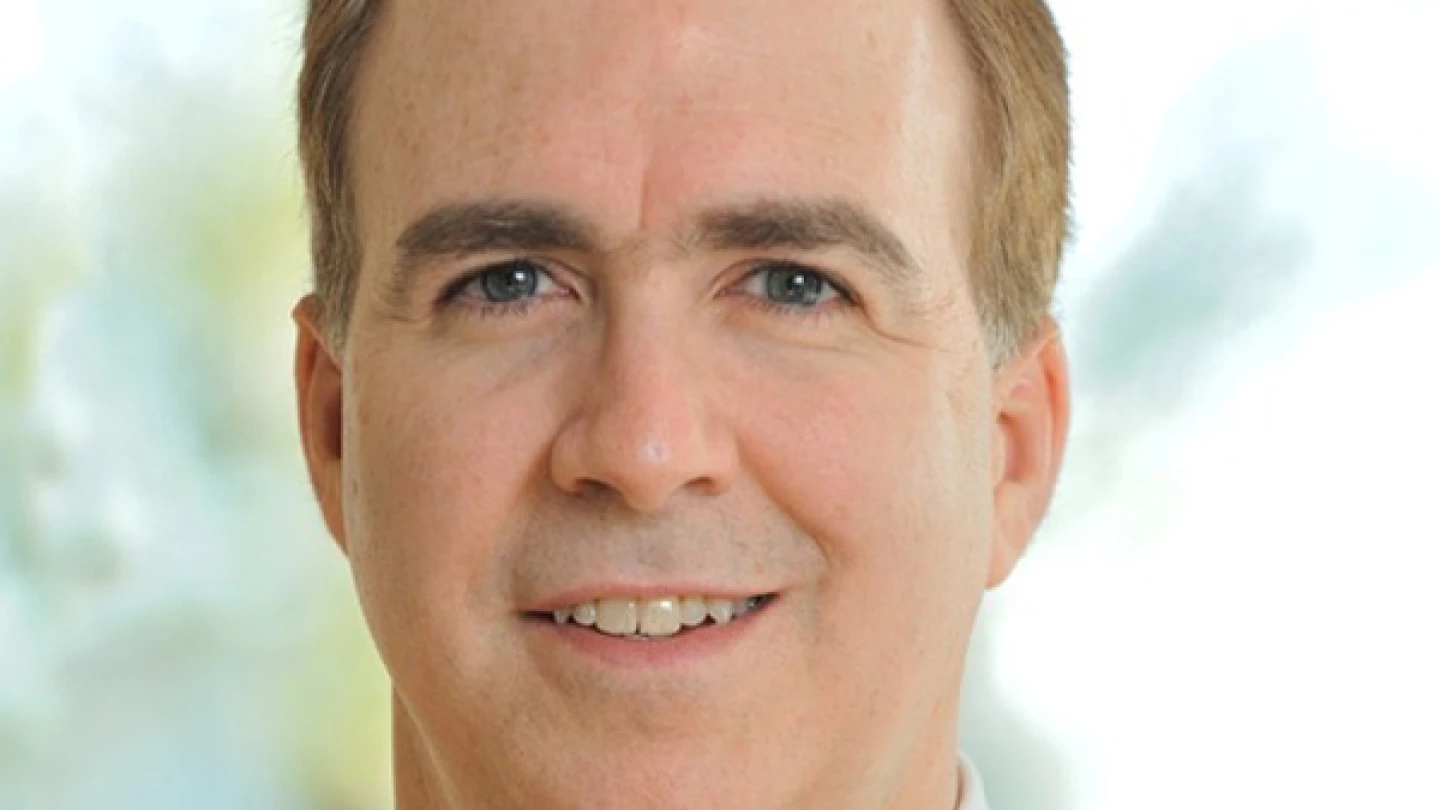The alumni team sat down with Anju Ahuja, vice president of market development and product management at CableLabs. Anju gives her perspective on integrating emerging technologies, like artificial intelligence (AI), to transform end-user experiences, while also unleashing massive monetization opportunities.
CableLabs creates transformative solutions and innovations for the global cable industry. What current emerging technologies are you most excited about exploring?
CableLabs is a member-funded innovation lab, and interestingly, half of our members are also leading mobile network operators, which means we are innovating across diverse networks for distinct consumer and enterprise segments, addressing a wide variety of use cases. As the head of market development and product management and a “future optimist,” I’m intrigued by the potential of AI on end-user experiences, the industry, and the ecosystem. As AI is revolutionizing user interfaces and experience design, AI-driven agents will change the customer journey. Networks are rapidly evolving, and AI allows for agile network provisioning, addressing the specific requirements of a segment as well as enabling pop-up networks in disaster-relief scenarios, for example.
What is the Impact of AI on your industry?
AI will ultimately support autonomous, self-healing networks. This, coupled with moving compute to the edge—closer to end users and their devices, where and when it is needed to power new and unprecedented user experiences—will dramatically change the potential for application developers to deliver new products and services. Within eight years, the average connected person will interact with connected devices 4,800 times a day, according to International Data Corporation. Much of this activity will be powered by AI and in many cases solely generated through AI.
The impact on privacy is profound, which presents a new organizational imperative for product leaders to prioritize and protect end users as they incorporate AI into their roadmap.
What does a day in your role as VP of market development and product management look like?
I lead a team that is charged with developing new and more than $1 billion products and markets. Much of my role involves understanding how to apply emerging technologies to meet future consumer and enterprise end-user needs. I start and end my week with a revised view of how I think the product portfolio should evolve to exceed customer expectations.
I’m also evaluating how products are performing and how and why end users are evolving. There’s no shortage of data to fill up the dashboard, so it’s critical to know what really matters, in addition to having a going hypothesis about the change you should be observing. The best product managers are great at the art of anticipation and the science of deduction.
I spend time in the field investigating users, customers and competitors. In my free time, I also seek experiences target users enjoy outside of the product experience to better understand how their preferences are influenced. It’s like method acting for product people, and it can be fun, informative, and it requires an open mind. Ultimately, an innovative product leader needs a holistic view, because what triggers the evolution of the end user is often exogenous to the product experience.
Are there any lessons that you took with you from your time at BCG that continue to influence how you operate and lead your team today?
Innovative products are grounded in great business strategy and a solid understanding of the market. While at BCG, I began to appreciate how a company’s business model and capitalization directly impact strategy. Those projects involved a potential high-profile divestment, expansions and vertical integration for different clients. Learning valuation techniques also brought to light how the overall product portfolio operates as the engine for the enterprise, such that new products need not only be differentiated and profitable, they also need to generate significant forward momentum. If you’re not building significant enterprise value with each new product, you’re only running in place as a company, and the competition will likely move ahead of you, giving them greater access to capital to fund a bigger and better product portfolio.
Monetization is therefore a business and a market challenge that presents itself as a product problem, which is why the most innovative product leaders are not only thinking about the next launch or release. Rather, they’re obsessing about where the market is going and how to build a product that redefines it for everyone—from users and customers to the overall ecosystem. Demonstrating the value of your innovation to the ecosystem, so other companies build their products on top of your innovation, increases its value and longevity. I learned how incredibly nuanced ecosystems can be while working across different industries at BCG.
BCG is innovating with its digital offer: What changes surprised you most in BCG's rapid development these past years from the BCG you remember?
I’m pleased to see the focus on emerging technologies and how they are changing business strategies.
Ten percent of our alumni work in the technology, software, and telecommunications industries. As a Woman of Influence 2018 honoree, what advice would you give those who want to become more involved in shaping the future of technology?
In my experience, professionals perform best when they find personal meaning in what they are doing. Know your interpersonal and intellectual drivers and honor them. It’s also important to embrace ambiguity to be successful in working on anything futuristic. History is not always a good predictor of tomorrow, which means being curious, imaginative, and diligent in testing many theories about different hypotheses simultaneously is the norm, especially in emerging technology. You have to love to learn and be clever about learning quickly through pattern recognition. You also need to know how to quickly separate technology advances—for the sake of advancing technology—from the makings of great future products, which are technologies that are transformative at the business and end-user levels. Both are good, but often one is more important than the other, depending upon your role.
Finally, futurism involves advocacy in that you are constantly championing a better tomorrow. I like to keep my end users front and center by making them the protagonists in the narrative of how we get from point A to point B.

